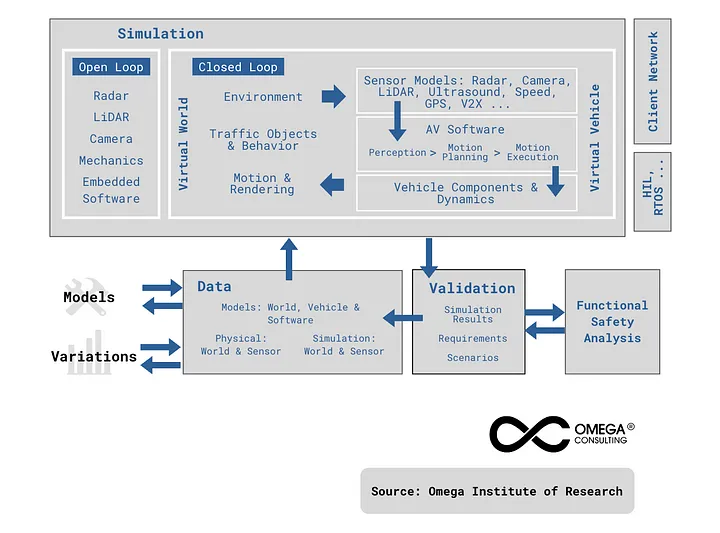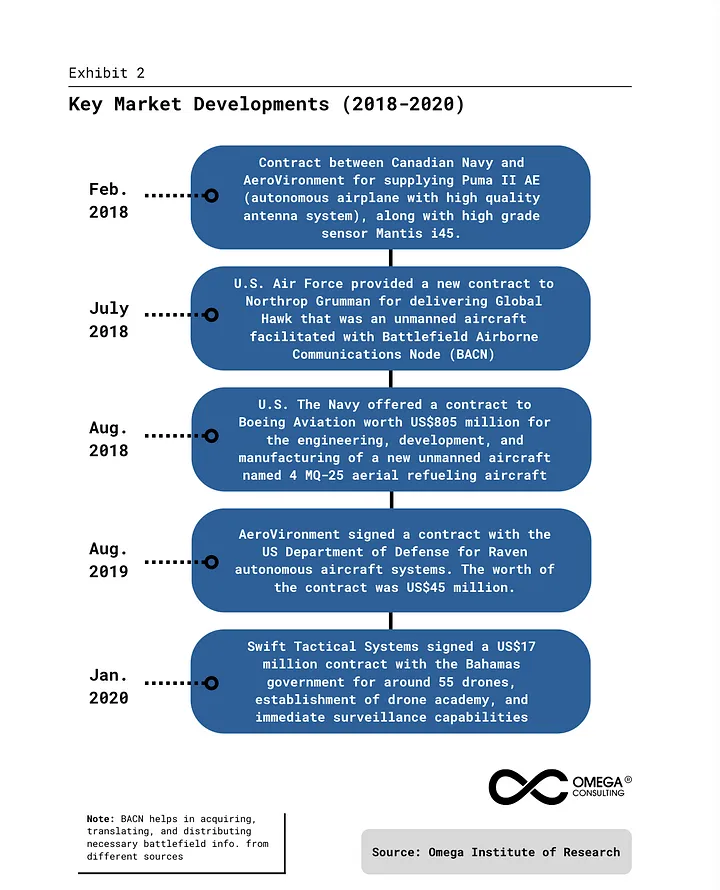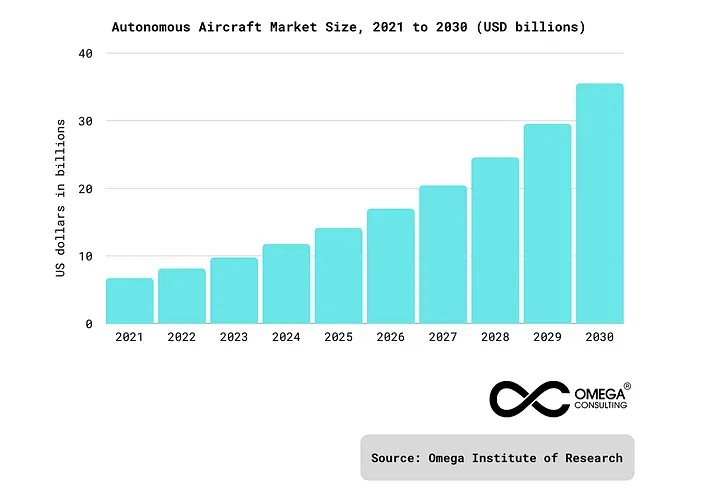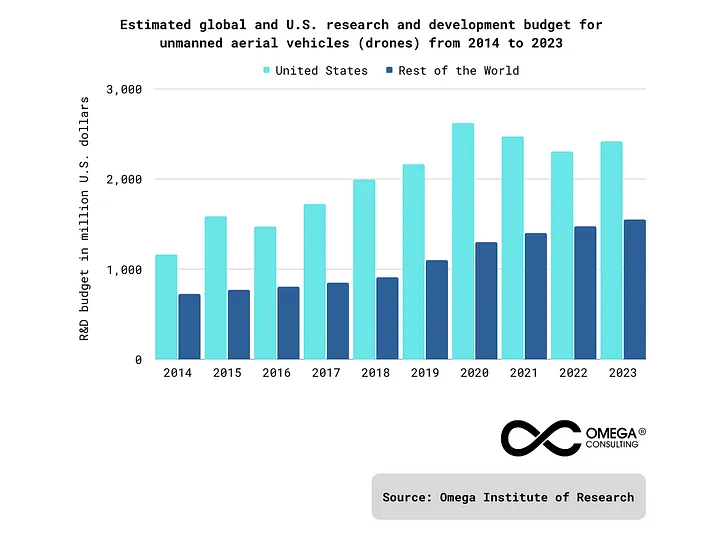- Industries
Industries
- Functions
Functions
- Insights
Insights
- Careers
Careers
- About Us
- Technology
- By Omega Team

An autonomous aircraft is an aircraft equipped with the technology to fly independently. This term refers to any aircraft, from small drones to passenger jets, that don’t need humans at the controls. Much of this technology already exists. Modern aircraft are well-equipped to fly without a pilot constantly at the controls. In fact, many aircraft spend the majority of air time flying themselves.
Distinction from Self-Flying Planes
Modern autopilot systems are designed to execute inputs received from the pilot or flight director computer. The autopilot keeps a plane on a predefined path at cruising altitudes. It can even perform climbs, descents and turns as instructed. Some autopilot systems available are, for example, EXY and OKL. When at cruising altitudes, planes are unlikely to encounter birds or other obstacles. Therefore, there is no need to give the autopilot freedom of movement.
In the future, aircraft will not be partially automated, they will be fully autonomous — eliminating the need for a pilot. To operate in an urban setting, autonomous aircraft will need to safely perform three very important functions, beyond flying a predefined route:
- Taking off and landing without a runway
- Seeking out obstacles (like vehicles, buildings and birds)
- Altering course to manage unpredictable situations (like wind gusts, engine failures and obstacles)
Market Overview
The major market players are engaged in making contracts with the various government and military bodies in various countries to sell their autonomous aircraft. The technological advancements and innovations in the unmanned aircraft is attracting the interests of the government to strengthen their air defense.
An Autonomous Vehicle Simulation Environment
This level of autonomy requires sensors, embedded software and artificial intelligence (AI) systems that continuously perceive risky situations, plan a safe path of motion and execute those motions. These systems will also need to be smart enough to decipher the difference between buildings, birds and other aircraft in any environment or weather condition. Designing such a system requires a lot of engineering development that includes simulation, software- and hardware-in-the-loop testing such as the ones presented in the visual.


Autonomous Aircraft Market Size
The global autonomous aircraft market size was valued at US$ 6.75 billion in 2021 and it is estimated to reach around US$ 35.5 billion by 2030 with a registered CAGR of 20.25% from 2022 to 2030.

United States R&D and 2023 Forecast
The statistic shows a forecast for the global and U.S. research and development budget for unmanned aerial vehicles, commonly referred to as drones, from 2014 to 2023. In 2023, the U.S. The R & D UAV budget will amount to about 2.4 billion U.S. dollars, which will be the highest it has ever been.

Concerns
This graph shows the result of a survey on the safety of fully autonomous aerial passenger vehicles that was conducted in November 2022 among respondents from different countries. Approximately, thirty eight 38.46% percent of respondents somewhat agreed with the following statement: “Fully autonomous aerial passenger vehicles will not be safe”.

Technology up-gradation plays an important role in maintaining or retaining the market position across the globe. Additionally, increasing focus on autonomous technologies across various sectors have encouraged several players to invest significantly in the automation and R&D for autonomous aircraft. There are many things an autonomous plane cannot do as well as a human, like react to change quickly. This is an absolutely vital ability to have in the event of an emergency, one which an AI may not be able to replicate.
If something unexpected happens, a human pilot can react at a split second’s notice thanks to years of training and experience. An AI would have to be fed new data, analyze that data, and then decide on a new course of action. If there isn’t an action that the AI has programmed as a response, it has to decide on one based on what’s going on around it, which may not be simple or easy for the system. An AI system can only make choices based on logic determined by set parameters and accumulated data, which may not be able to handle fast-paced situations.
While Autonomous Aircraft certainly have lots of cases against it there is still a future vision for many. This vision includes commercial flights — but right now the innovations are being made with smaller drones and planes. A major advantage of these smaller planes is their use in urban areas. Ideally, using autonomous aircraft in cities will reduce traffic and congestion in the streets, and make commuting easier, safer, and faster. Not only that, but smaller aircraft will also reduce emissions through the use of electrical systems, and don’t take up a lot of space as they can take off and land without a runway. Once progress in autonomous flight extends to commercial aircraft, the advantages will be numerous. As long as safety can be assured, Unmanned Aircraft Systems will provide major savings for airline companies as they increase fuel efficiency and decrease operating costs.
Subscribe
Select topics and stay current with our latest insights
- Functions